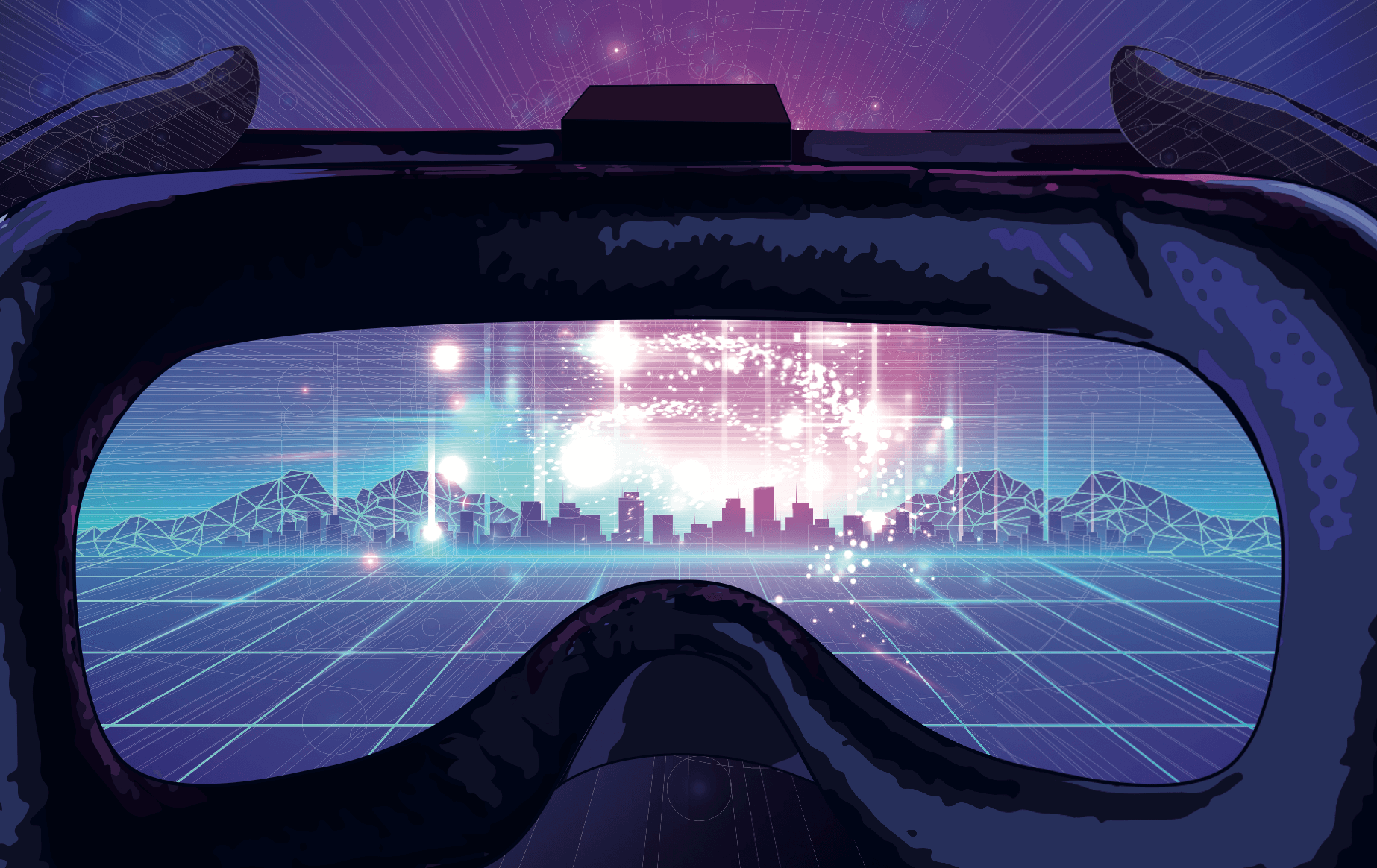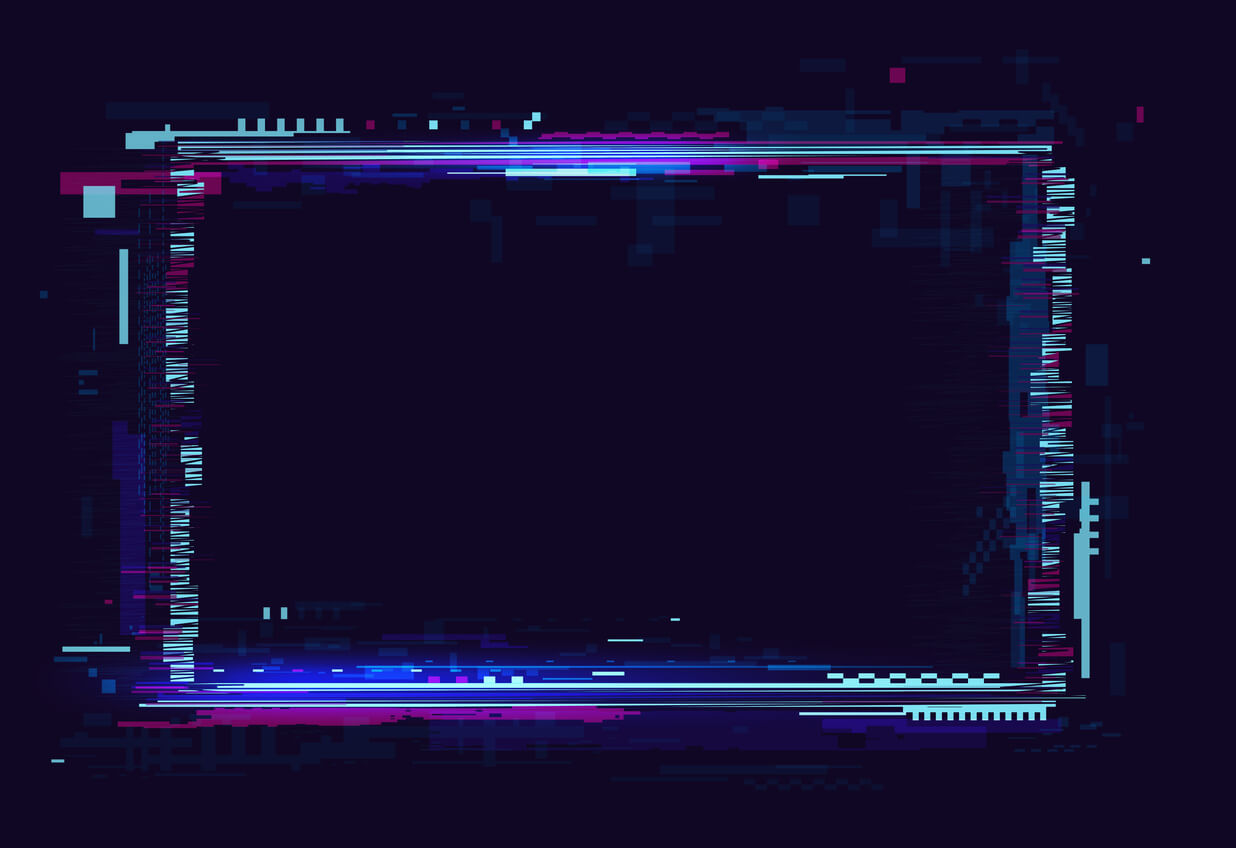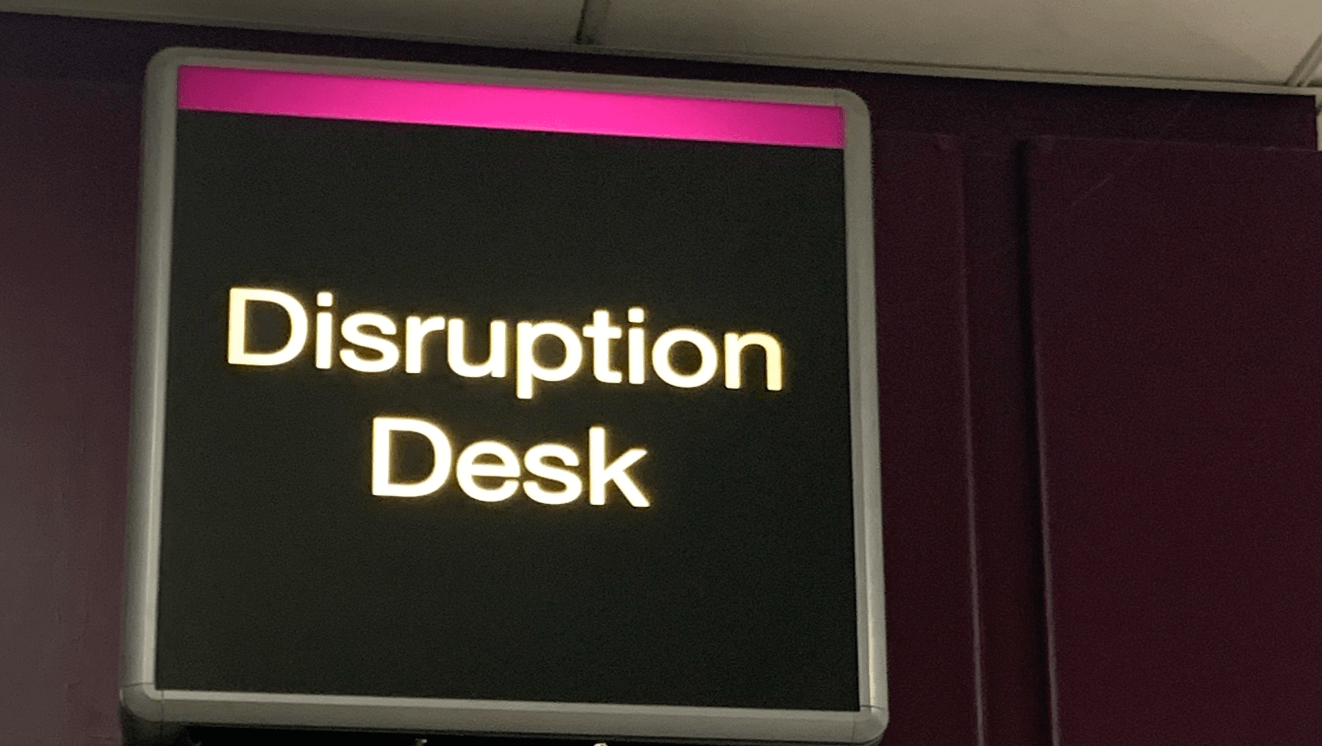VR & AR UX Design needs these two things
Two key concepts in designing user experiences for VR and AR Design are affordances and skeuomorphism. Affordances are critical in UX design: they are design aspects that “afford” or nudge you on how to use a design. A large button for example, provides a strong affordance cue compared to plain (hyperlinked) text with no underline. In the later case, you figure it out by hovering over it, to see that it is clickable. So in VR and AR, users need to know what is selectable without touching everything and putting it in their metaphorical mouth (like a baby discovers the world).
The cupboard drawer handle highlights (that’s the VR affordance) in this example, to indicate to users that it is selectable.
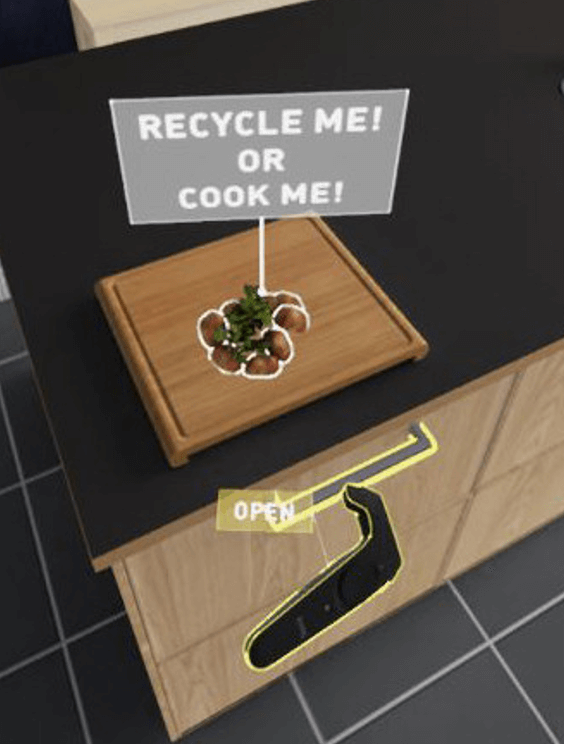
Likewise skeuomorphism or the art of designing real-life objects and metaphors is important in VR and AR UX design.
Design for VR and AR with skeuomorphism
In this video Frank Spillers, explains the importance of getting away from boring experiences where users are required to play around with objects to figure them out…and how skeuomorphism makes its way back into VR- having been ‘killed’ by Flat Design on mobile and desktop in the post-Steve Jobs world,
In this upcoming workshop, Story Prototyping the Metaverse ,Frank Spillers will teach you story-prototyping skills for immersive experiences. In preparing for the “inevitable” metaverse, it is important your user experience is incredibly compelling– unless your experience is a sleeping school or snooze simulator that is!
